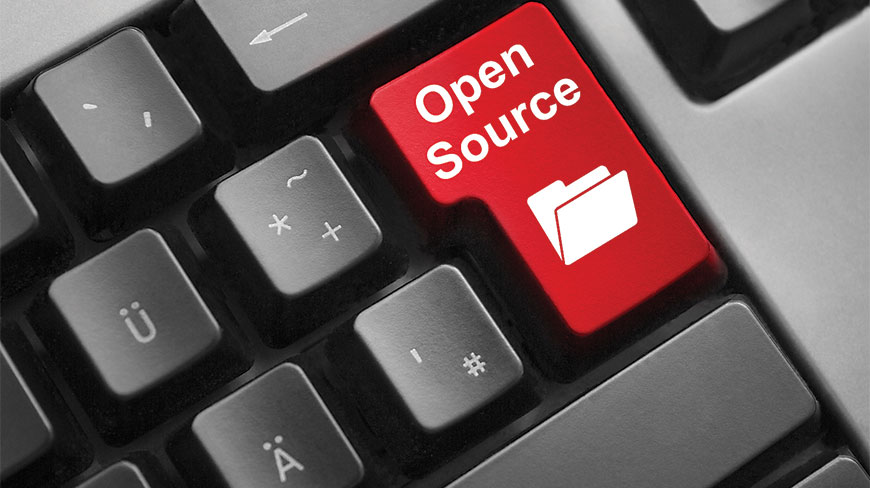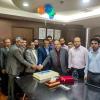Achieving IT independence through open-source
According to TRP (Total Ratings Points, often abbreviated to “ratings”) which measures TV channel viewership, Deepto TV is now the most popular Bangladeshi channel.
The public is generally unaware of TV ratings, as these are mainly used by advertisers, but has indeed shifted to watching Sultan Suleiman and local Deepto serials like Aparajita and Palki.
This is a huge change in local viewing habits, which were dominated by Indian serials only a few months ago.
While the success of Deepto’s programs is very gratifying to see, the untold story is the effort which Deepto has made to be technologically independent through use of open-source software.
When Deepto was first being set up, we bargained with many TV technology suppliers and finally purchased all the required hardware (playout servers which ensure continuous video broadcast, news graphics servers to include news text effects, media asset management servers to store the video library and video editing software) from a TV equipment vendor named Grass Valley.
However, within a few months of the purchase, this vendor was bought out by a larger competitor, and most of the systems we purchased were discontinued.
The unwelcome possibility arose that we might have to purchase these expensive systems all over again in a few years, once support for the discontinued products ceased.
In fact, this kind of dependence on a few large foreign software vendors is a common hazard in many industries.
Fortunately, Kazi Farms group, the parent company of Deepto TV, also runs a software company called Sysnova which has helped our other businesses to run on free and open source software.
For example, everyone at Kazi Farms Group uses the free/open-source Ubuntu Linux operating system (www.ubuntu.com) rather than Microsoft Windows, free/open-source LibreOffice (www.libreoffice.org) software instead of Microsoft Office, and a free/open-source ERP instead of expensive systems from SAP/Oracle/Microsoft.
This is true for journalists and editors of Dhaka Tribune as well. Tribune photographers also use the free/open-source Gimp image editor (www.gimp.org) instead of expensive Adobe Photoshop.
In a normal office setting, it is a simple matter to stop software piracy and save large amounts of money through use of free/open-source alternatives.
For the last several months, Sysnova has been replicating the work normally done by our expensive (but now discontinued and effectively valueless) TV broadcast systems with free/open-source software at Deepto.
Initially, the basic functions of playout server and news graphics server were replicated using CasparCG, a free/open-source software developed by Swedish state television (www.casparcg.com).
Likewise, the basic functions of the media asset management software can be handled by Razuna, a free/open-source software developed in the UK (www.razuna.com).
Secondly, the Deepto graphics team was moved from proprietary 3D graphics software to free/open-source Blender (www.blender.org), and from Adobe Illustrator to free/open-source Inkscape vector graphics software (www.inkscape.org).
Finally, the video editors are being moved from proprietary video editing systems to KDEnlive, a free/open-source video editor (www.kdenlive.org).
As a result, Deepto is no longer dependent on the expensive and proprietary foreign-supplied systems over which we had no control (products could be discontinued at any time, and we would have no option but to re-purchase them).
The proprietary systems have been replaced by free/open-source systems over which we have complete control, as we set them up ourselves.
Why is this important? The fact is that if Bangladesh is to move forward, it has to change from being a purchaser/consumer of technology into a producer and innovator.
This jump is not as difficult as it may seem; the building blocks of practically any IT system anyone might need are now generally available as open-source components.
There is no need to re-invent the wheel.
All that has to be done is to understand what the complex proprietary systems actually do, and to assemble the same functionality with free/open source components.
At Deepto and Sysnova, we believe we are doing our share in fostering an environment of innovation in technology through open-source software.
I hope that other Bangladeshi companies will also join the open-source movement and achieve technological independence from foreign proprietary vendors.




